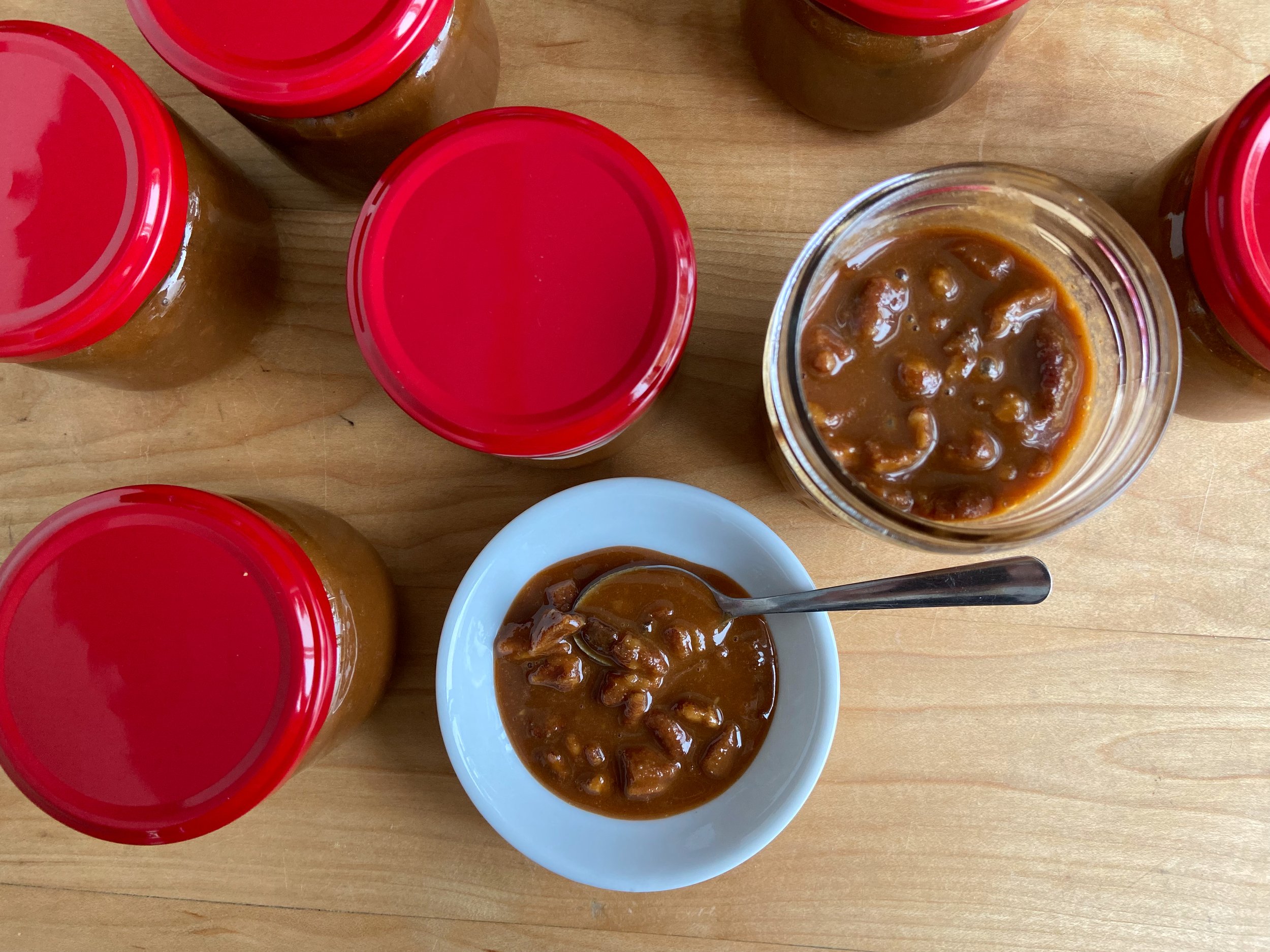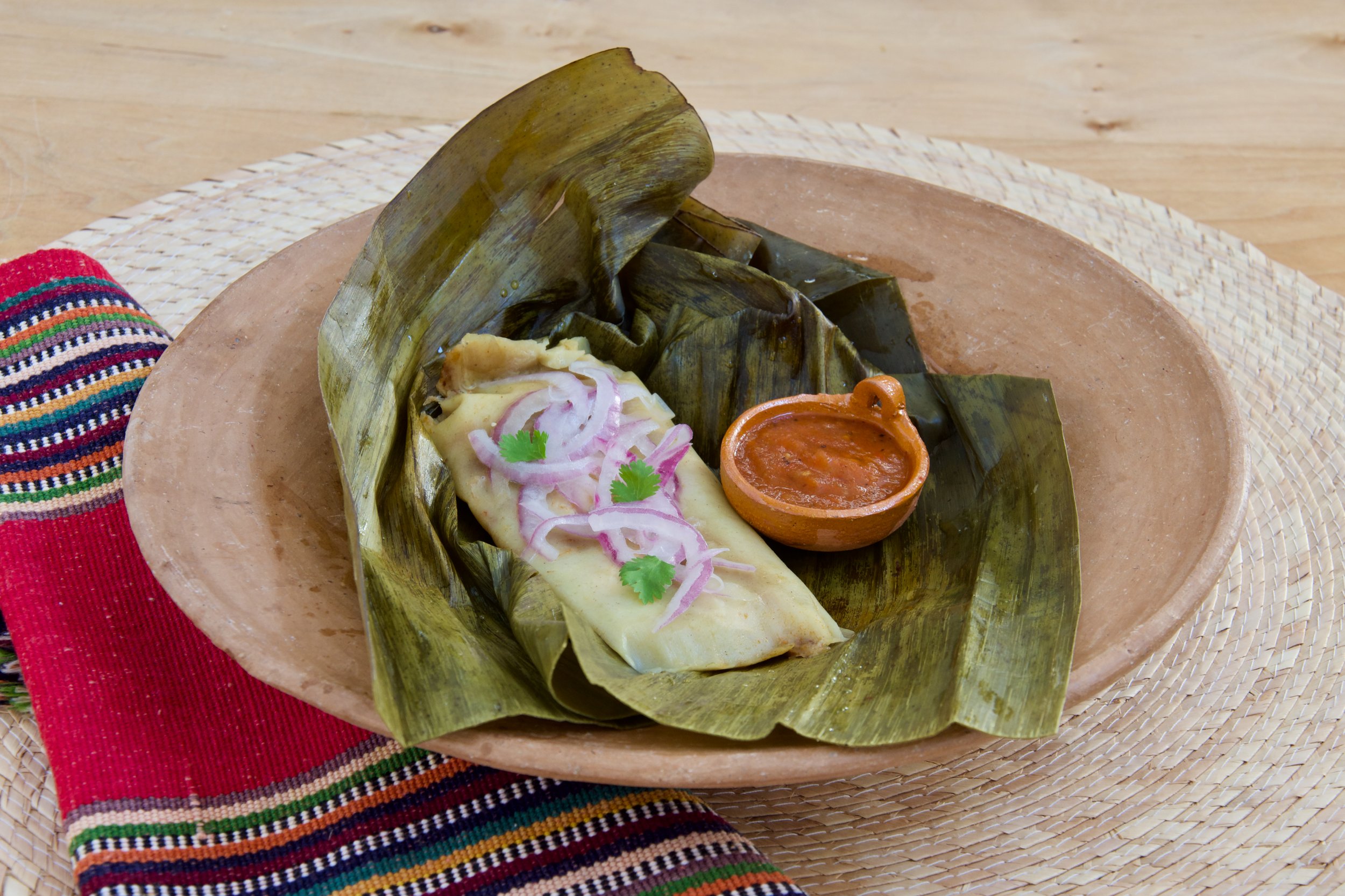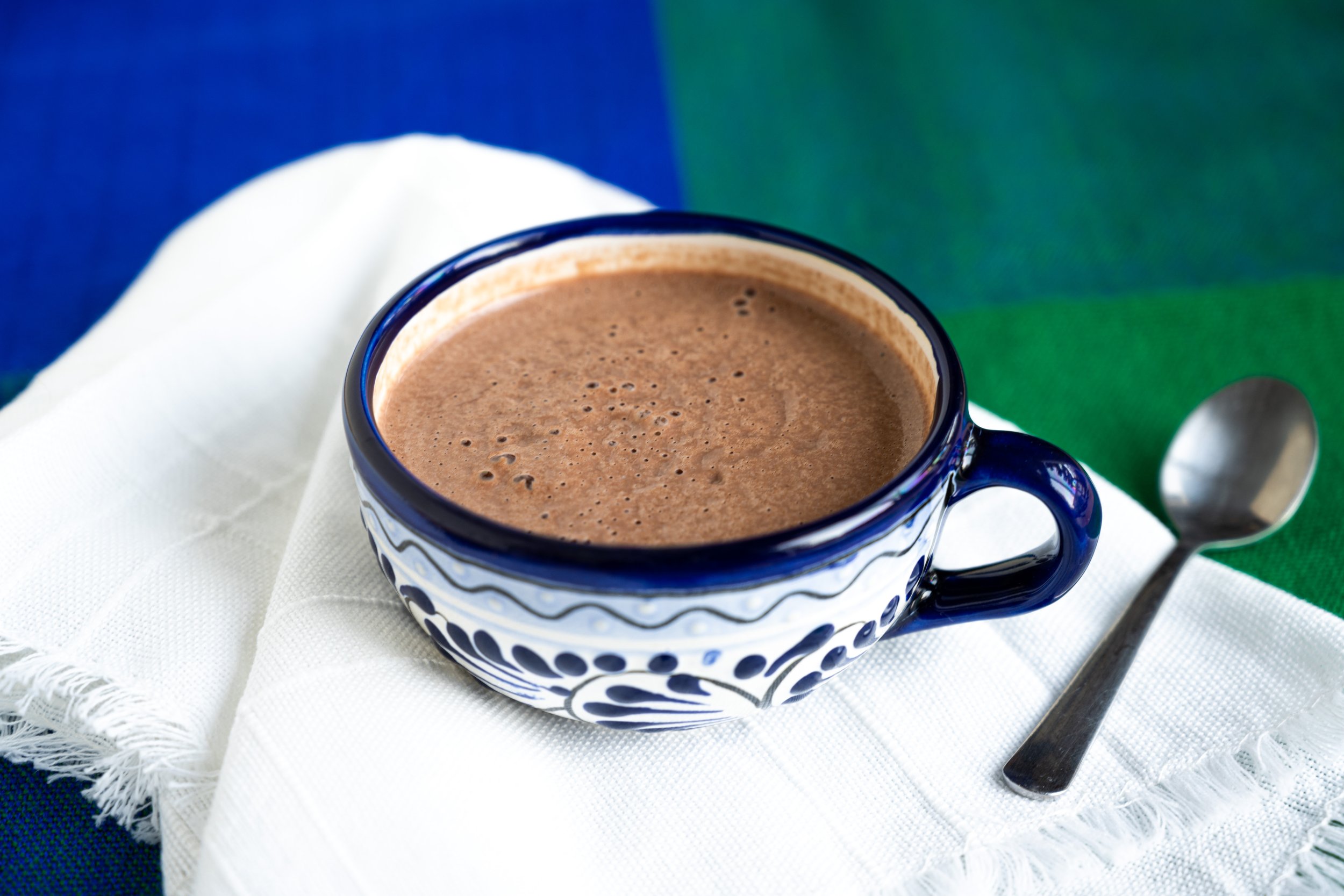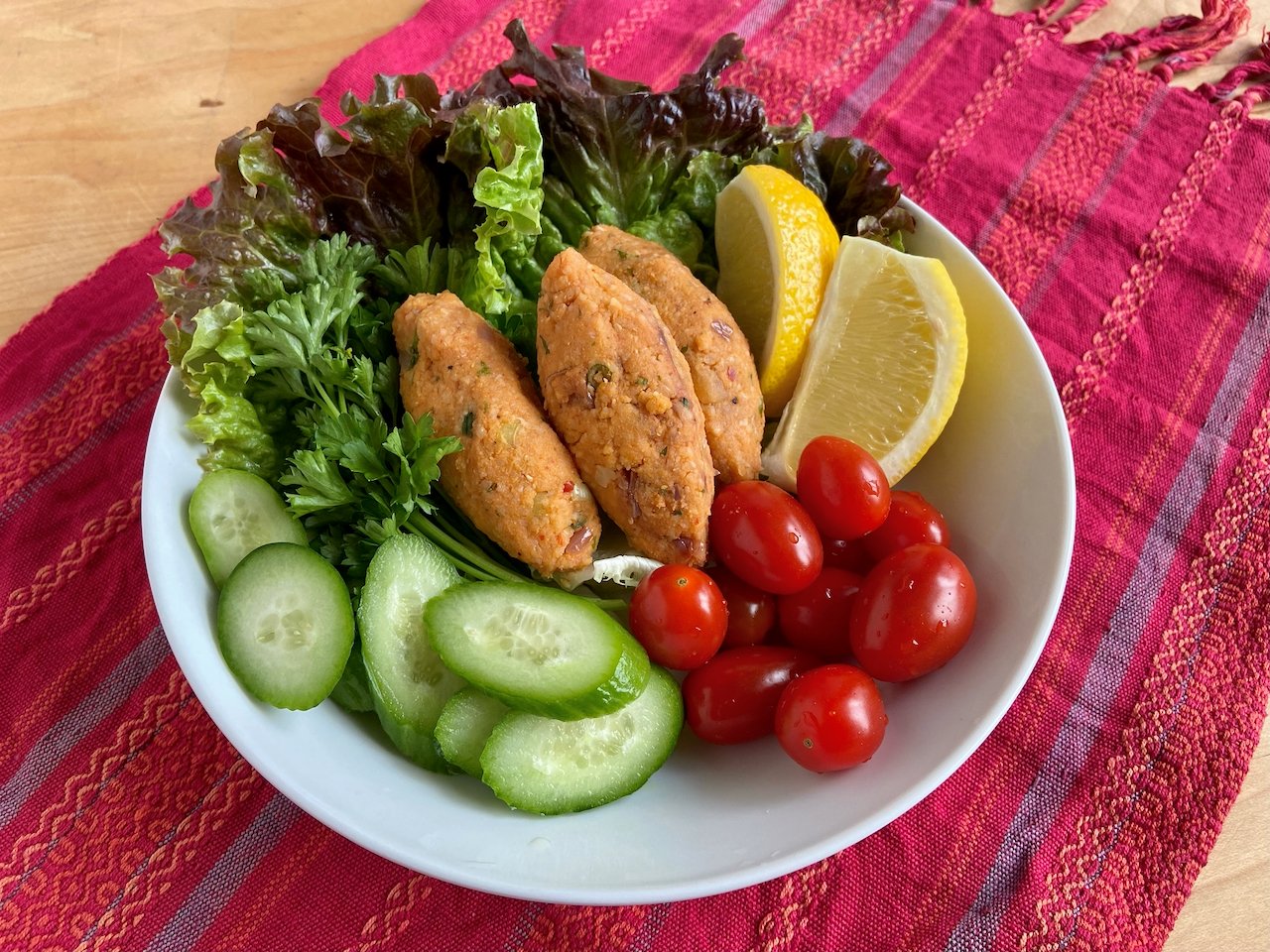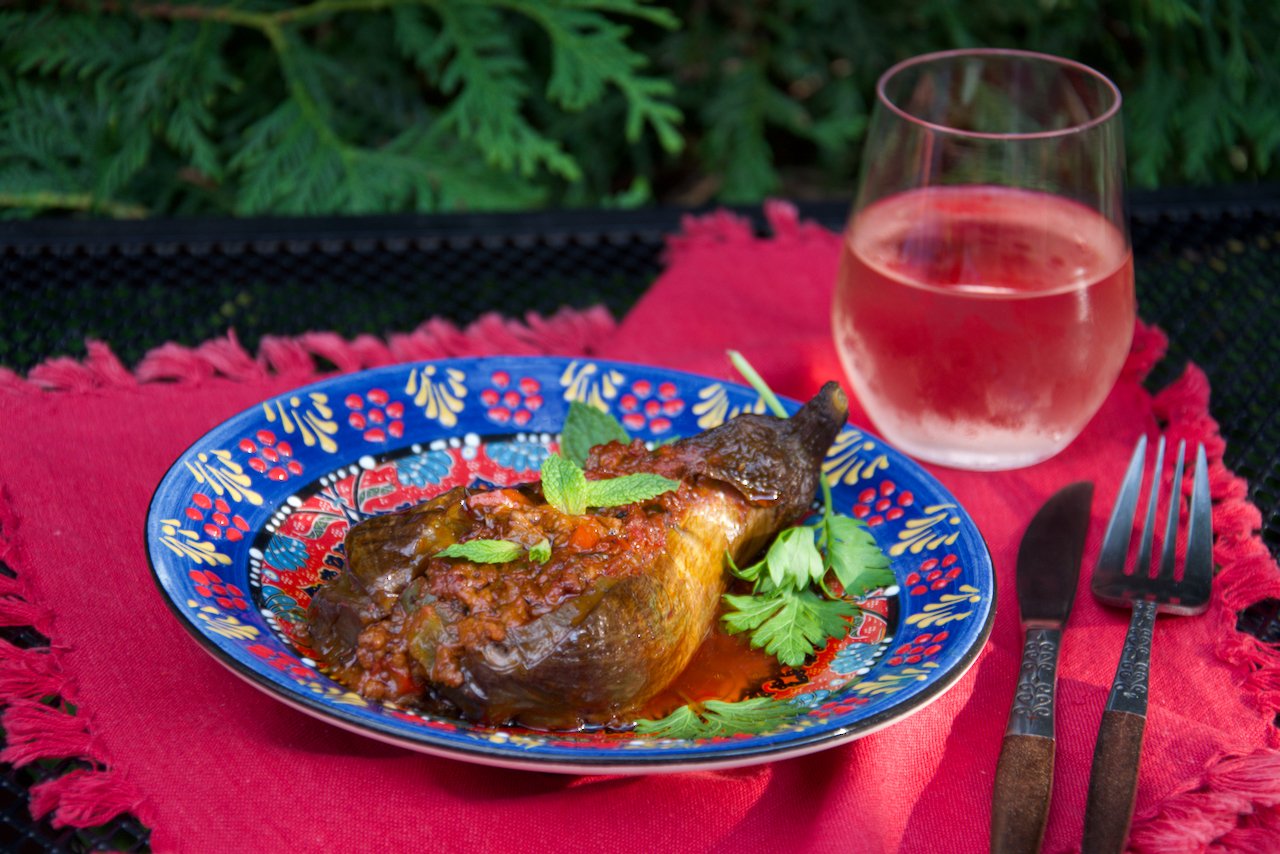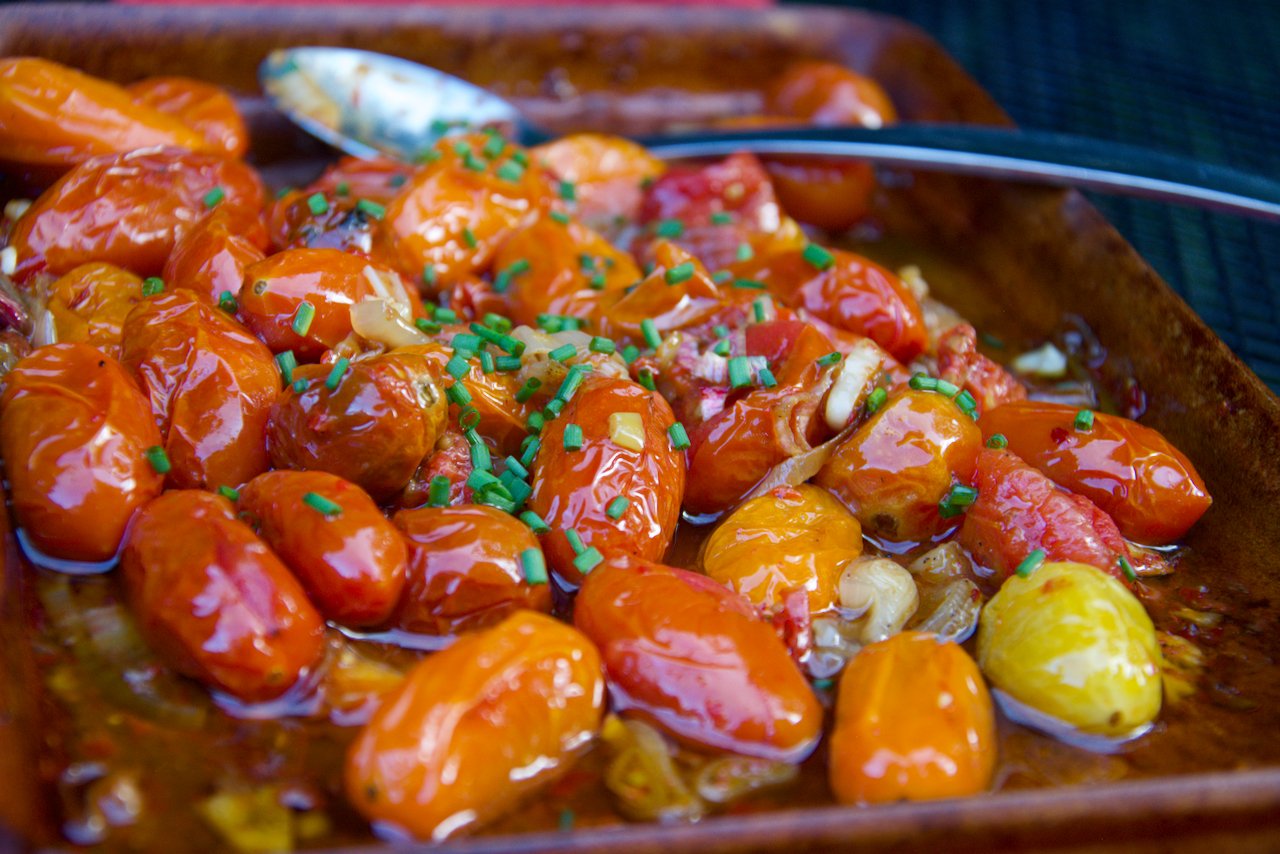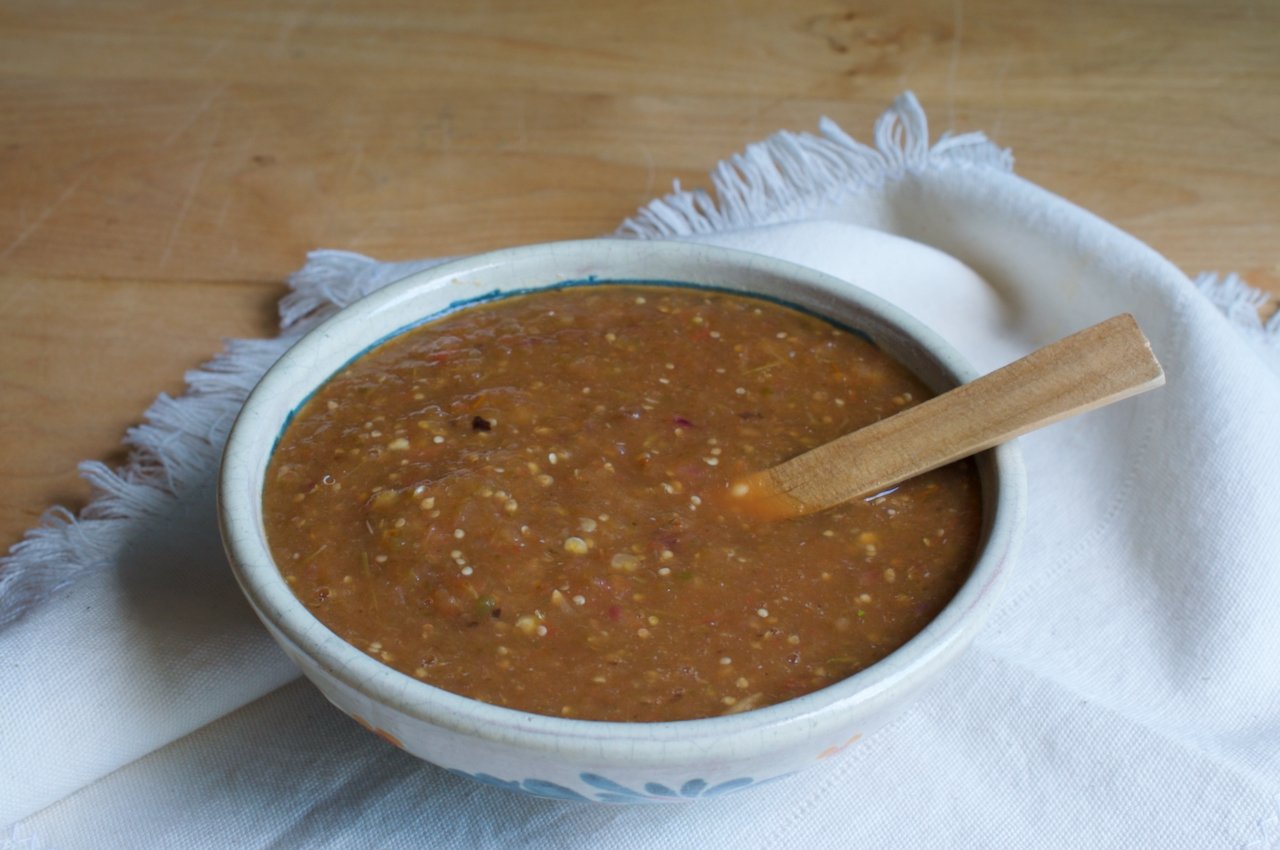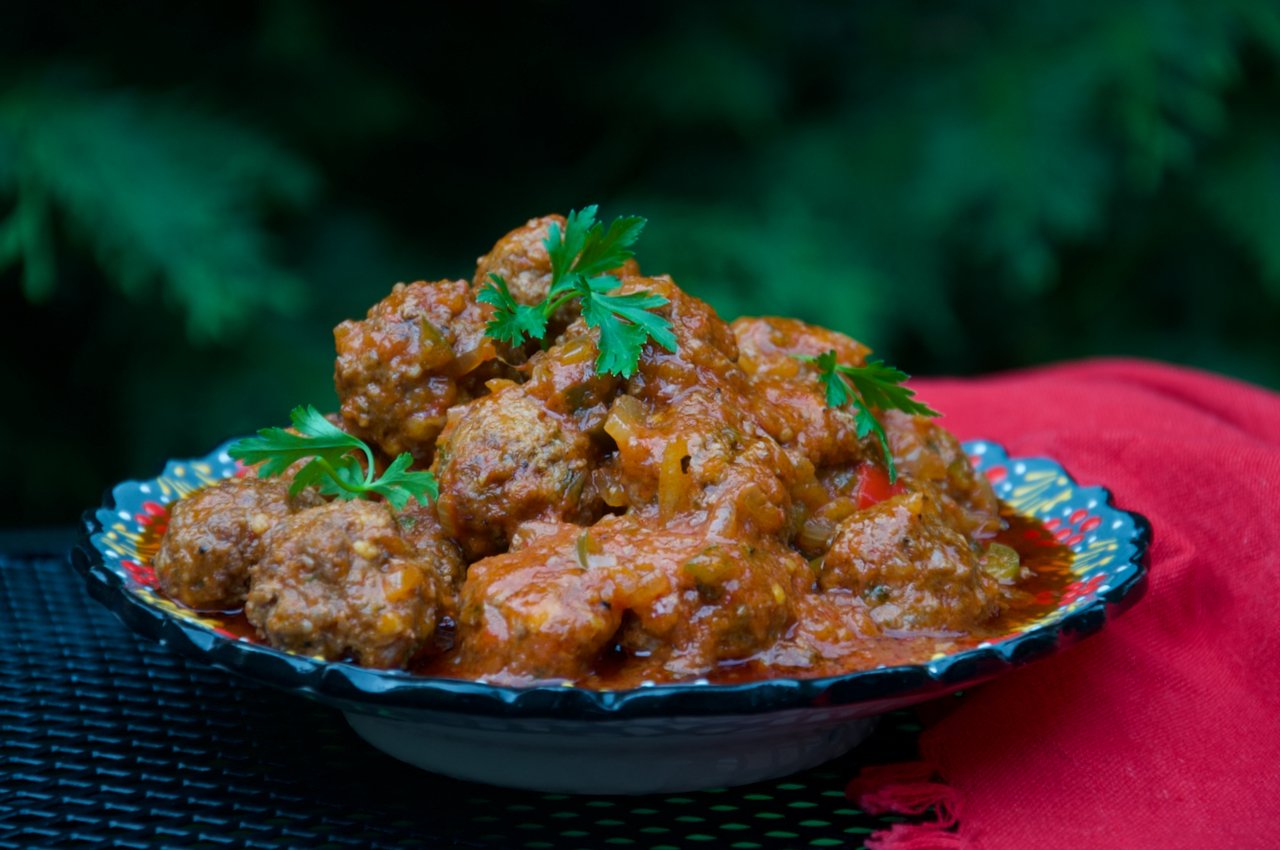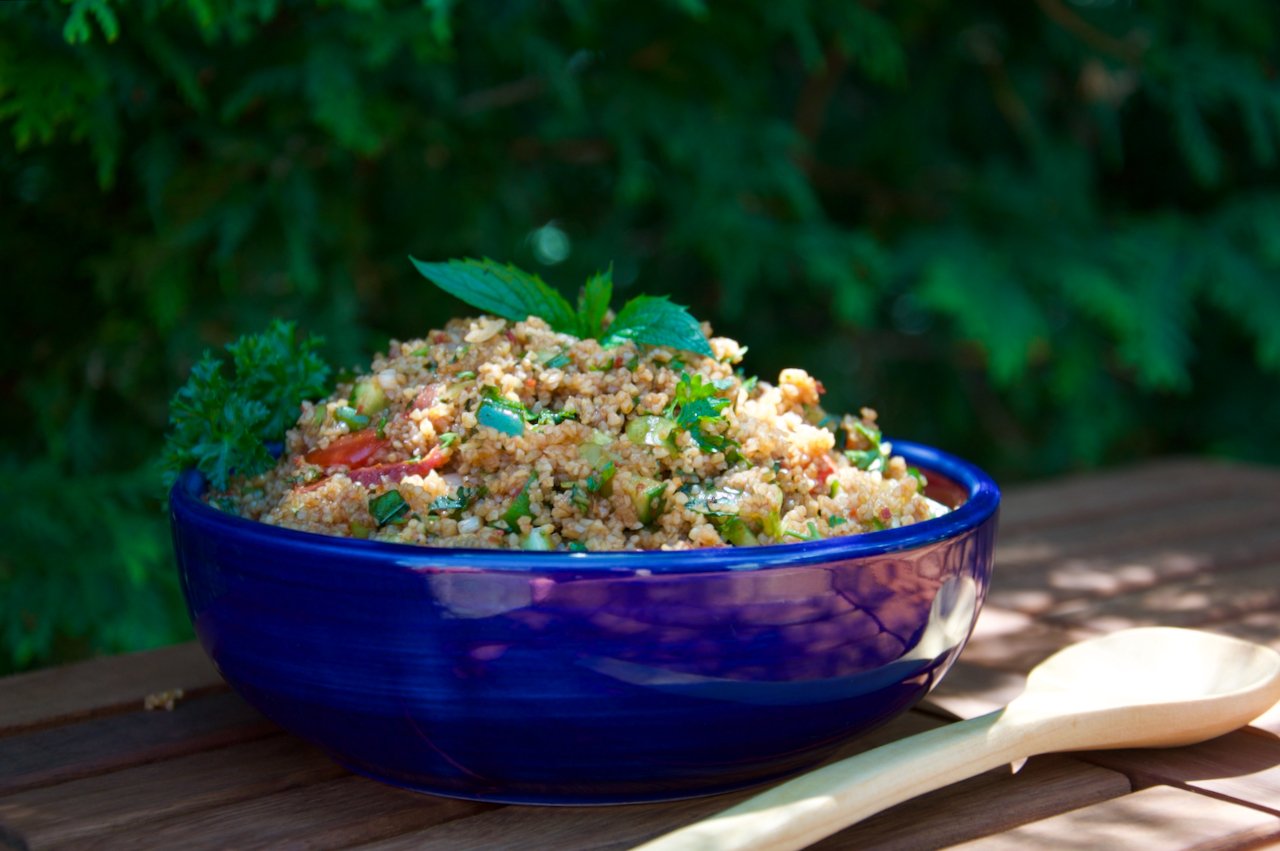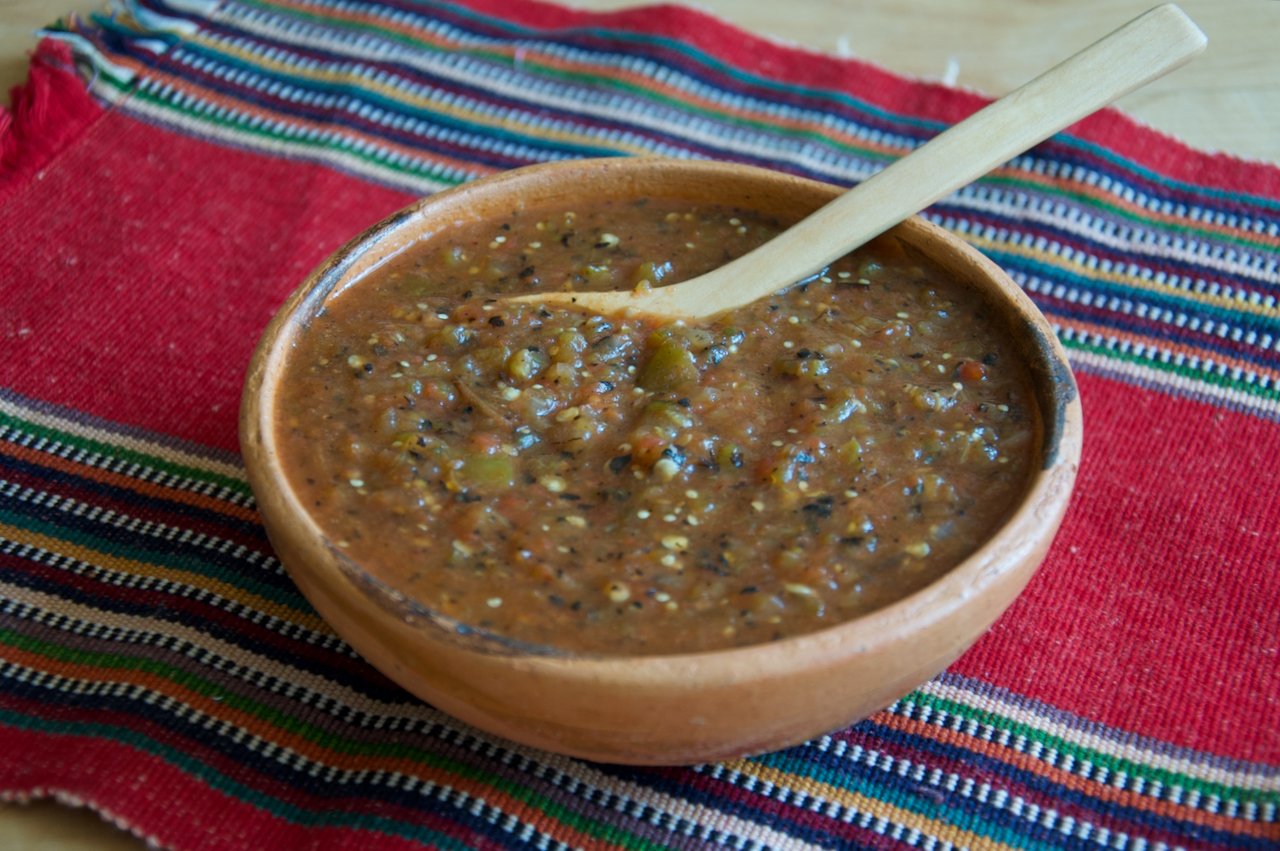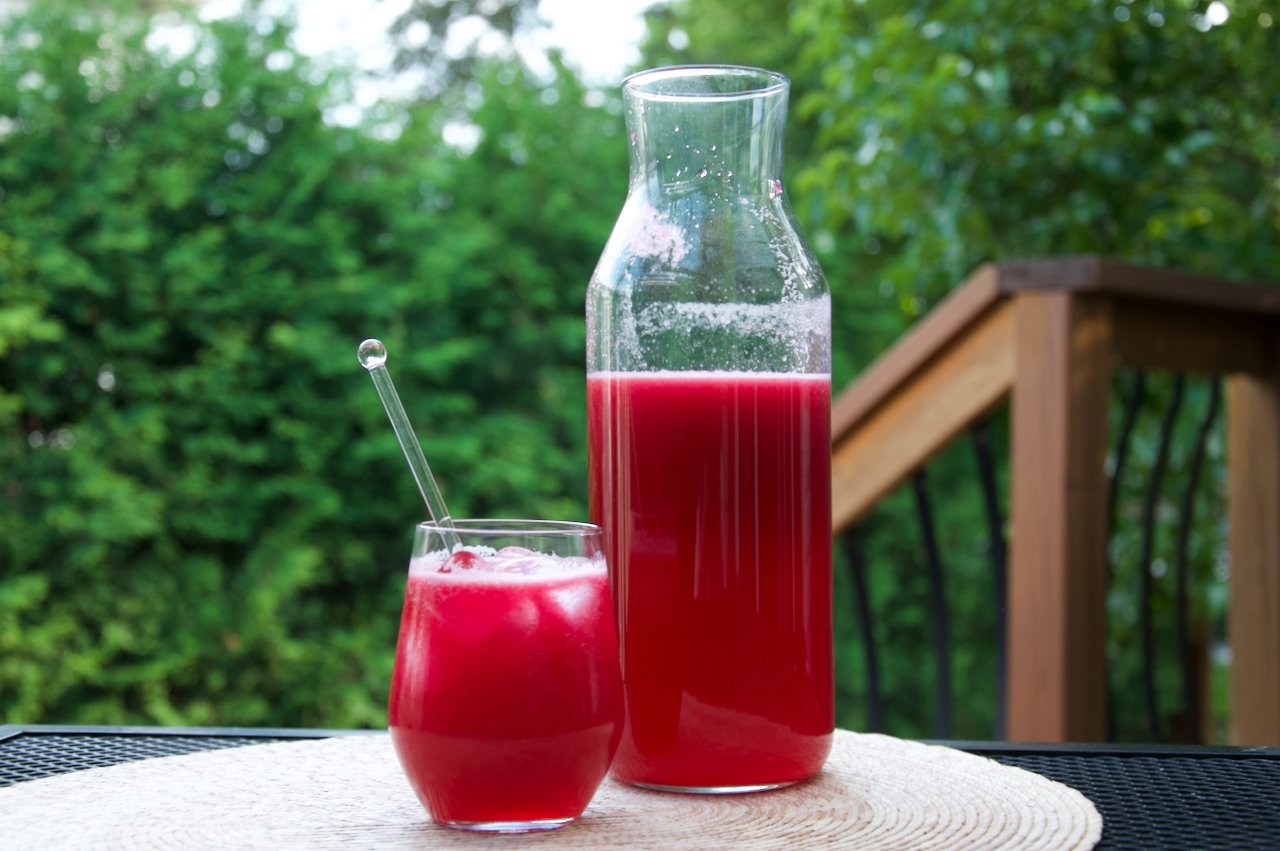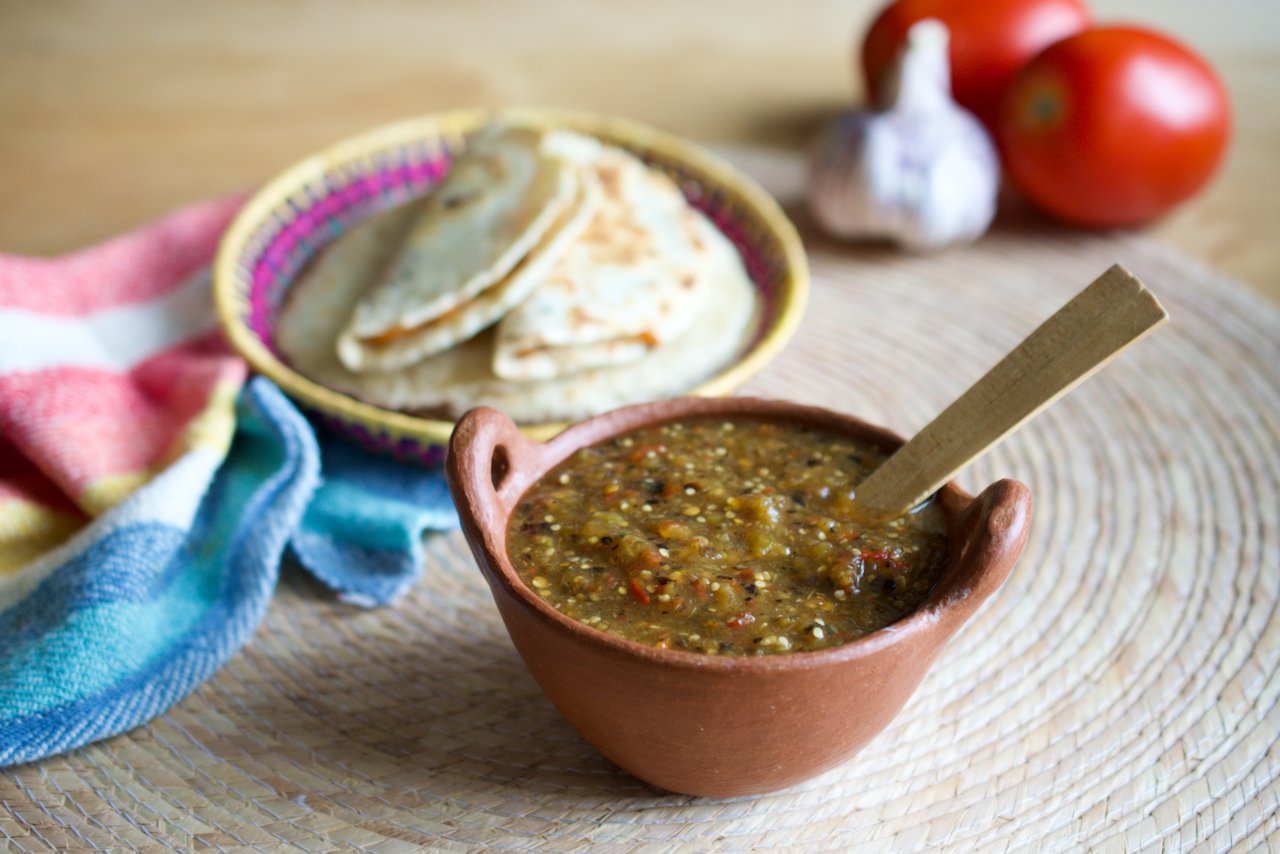I have been wanting to test a recipe for Glorias estilo Linares for a while. Partly because it is a very delicious sweet from my region of Mexico, but also because they are very hard to obtain in Canada.
This month I was determined to make some for Christmas and after doing my research, I came up with a recipe I thought would work just fine.
I have been making candy and working with sugar for quite a few years, so I thought I could ace this no problem. Well, it turns out, it is a bit more difficult than I thought! The recipe started out nicely, but when it came to finishing the candy and taking it to the exact ball stage, I missed the mark by a few degrees. And a few degrees can mean a lot!
The problem is, during all my research I never came across any texts giving the exact temperature, so I tried to guess the best I could using the clues other cooks have given. Unfortunately, my recipe did not reach the correct temperature, therefore it did not harden as expected.
While this is a disappointment, it is not unexpected. As a product development chef, I am used to trying, trying and re-trying recipes multiple times until I they come out right. And though this recipe did not come out the way I wanted it to, it is by no means a waste, as it is a delicious Pecan Cajeta that can be used in multiple ways, so I decided to share the recipe with you. As for the Glorias, I will keep trying until I get them right!
Cajeta in Mexico is always made using goat’s milk, or a combination of cow and goat’s milk. The goat milk gives this caramel sauce its distinctive tang, but if you can’t find it or don’t like it, use cow’s milk instead. I love pecans in everything, and obviously I had added them thinking this recipe would become Glorias (which have pecans), but if you would prefer to keep this nut free, feel free to omit them.
This sauce can be used to top your favourite waffles, pancakes, pound cakes, ice cream, etc. You may want to warm it up slightly before serving, as cajeta tends to get a bit grainy as it sits.
Cajeta con Nuez
Dulce de Leche with Pecans
4 cups whole cow’s milk
4 cups goat’s milk
5 cups granulated sugar
2 tsp vanilla extract
5 Tbsp corn syrup, liquid glucose, honey or maple syrup
1 tsp baking soda
2 1/4 cups coarsely chopped toasted pecans
Pinch of sea salt
In large heavy Dutch oven, place goat milk, cow milk, sugar, vanilla and corn syrup.
Bring mixture to a slow boil, stirring so sugar dissolves.
Once it comes up to a boil, add baking soda and continue stirring, increasing and decreasing heat so mixture does not boil over. You cannot leave it unattended or it will do just that. You have to stir very often to make sure milk does not scorch.
Cook until mixture starts to thicken - this will take more than an hour, increasing and decreasing heat as needed and stirring frequently until mixture turns a medium dark colour, is bubbling vigorously, is thick and it coats the back of a spoon. If you have a probe thermometer, the mixture should reach 226° - 227°F.
Turn off heat and let mixture cool down for 30 minutes.
Mix in chopped pecans and salt and then pour mixture into a smaller bowl to let cool completely. Spoon into glass jars. Keep refrigerated.
Makes about 6 cups.


